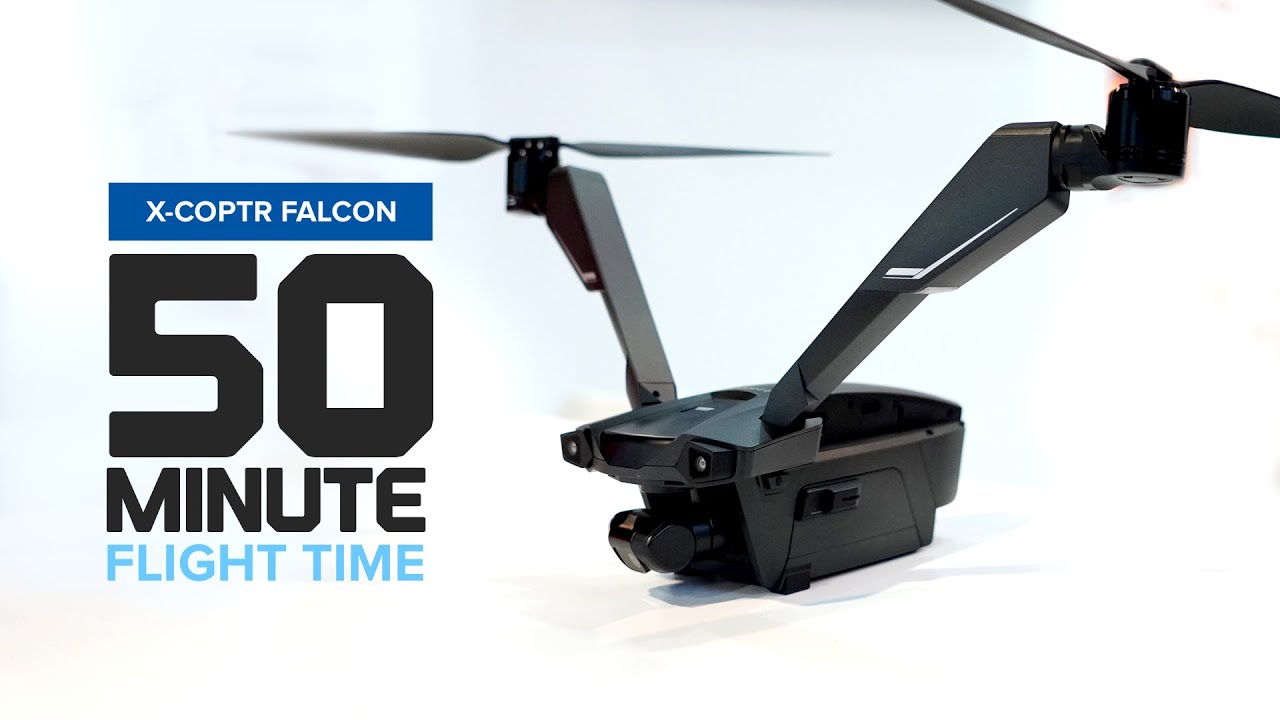-
What is a V Copter Drone?

What is a V-Copter drone? The world’s first V-shaped bi-copter with only two propellers gets 50 minutes of flight time. With a slower rotation of the propellers and patented propeller design, produce lift with greater efficiency and less noise—tilt Cable technologies. Sophisticated industrial design, nonlinear dynamic modeling, and management algorithms enable stable flight with higher…